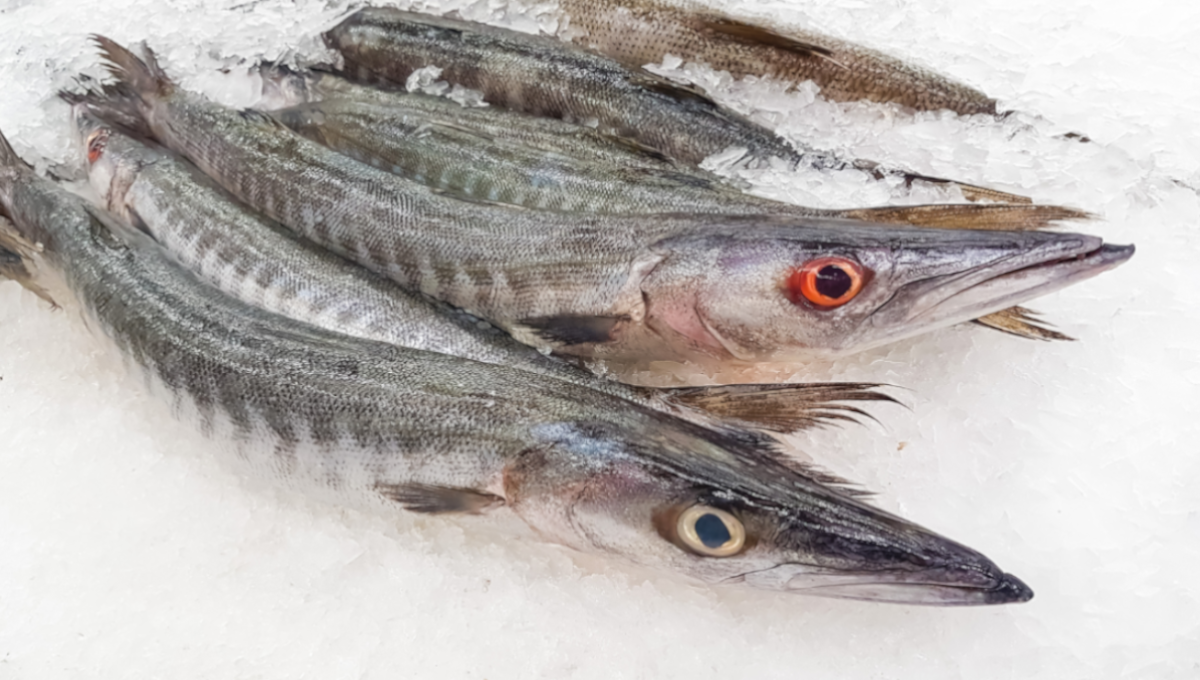The National Research Council of Canada (NRC) has unearthed a novel seafood toxin responsible for ciguatera poisoning.
The toxin, known as ciguatoxin, is found in large fish such as barracuda, moray eel, snapper and grouper, and can cause tingling and numbness in fingers and toes, nausea, abdominal pain, and even poisoning.
Ciguatera poisoning affects approximately 500,000 people globally each year and stems from algae consumed by these fish. While the toxins were previously known to occur in the Caribbean Sea, the Indian Ocean and the Pacific Ocean, they have recently been detected in new regions, including the Canary Islands, the eastern Mediterranean Sea and the western Gulf of Mexico. However, the source of ciguatoxins in the Caribbean had remained elusive despite nearly three decades of research.
The breakthrough came this year when NRC scientists, in collaboration with experts from the United States and Norway, embarked on a meticulous search for the Caribbean producer of ciguatoxin. Their efforts involved extensive algal collection and analysis, with a focus on species gathered from waters surrounding the U.S. Virgin Islands. Finally, the NRC researchers successfully identified the novel algal ciguatoxin and demonstrated its metabolism in fish species associated with ciguatera poisoning.
Pearse McCarron, the leader of the NRC’s Biotoxin Metrology Group, hailed the discovery as groundbreaking, stating, “The findings will make it possible to develop methods and standards to help food safety laboratories monitor and manage ciguatera. This will go a long way toward dealing with the problem and, hopefully, preventing illness in humans.”
The NRC’s involvement in the research was part of a broader collaborative effort with the University of South Alabama, the University of Texas at Austin, the University of the U.S. Virgin Islands and the Norwegian Veterinary Institute. The U.S. teams collected algae samples from Caribbean coral reefs and screened them for toxicity, while the NRC conducted chemical profiling and identification to determine the structure of the toxin. Norwegian researchers confirmed the transformation of the algal toxin into the fish toxin through enzyme incubation experiments.
Looking to the future, Pearse emphasized that the NRC would continue collaborative efforts to develop next-generation metrological tools for managing the ciguatoxin issue. They also plan to work with partners to create certified reference materials that testing and research labs in Canada and around the world can use to measure these toxins accurately.
(To sign up for a free subscription to Food Safety News, click here.)

